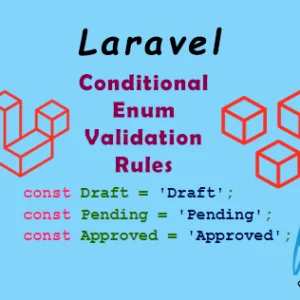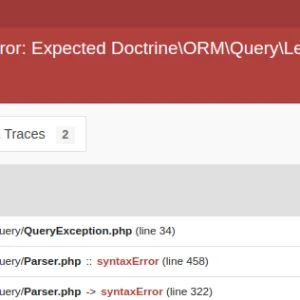Introduction:
In web development, it’s often necessary to determine the IP address of the client visiting your website. The IP address can be used for various purposes, such as tracking user activity, personalization, or enforcing access restrictions. However, accurately retrieving the client’s IP address can be challenging due to factors like proxy servers, load balancers, and network configurations.
Understanding the Challenge:
When a client sends a request to your web server, the request may pass through multiple intermediate servers or proxies before reaching your application. These intermediaries may modify or add HTTP headers, potentially obscuring the client’s original IP address. Therefore, retrieving the correct IP address requires considering various scenarios and HTTP headers.
Code Implementation:
Let’s create a PHP function to retrieve the client’s IP address. We’ll handle different scenarios by checking common HTTP headers where the IP address might be stored.
/**
* Retrieve the client's IP address.
*
* @return string The client's IP address.
*/
function get_client_ip_address() {
// Initialize the IP address variable
$ipaddress = '';
// Check for common HTTP headers where the IP address might be stored
if (!empty($_SERVER['HTTP_CLIENT_IP'])) {
$ipaddress = $_SERVER['HTTP_CLIENT_IP'];
} elseif (!empty($_SERVER['HTTP_X_FORWARDED_FOR'])) {
$ipaddress = $_SERVER['HTTP_X_FORWARDED_FOR'];
} elseif (!empty($_SERVER['HTTP_X_FORWARDED'])) {
$ipaddress = $_SERVER['HTTP_X_FORWARDED'];
} elseif (!empty($_SERVER['HTTP_FORWARDED_FOR'])) {
$ipaddress = $_SERVER['HTTP_FORWARDED_FOR'];
} elseif (!empty($_SERVER['HTTP_FORWARDED'])) {
$ipaddress = $_SERVER['HTTP_FORWARDED'];
} elseif (!empty($_SERVER['REMOTE_ADDR'])) {
$ipaddress = $_SERVER['REMOTE_ADDR'];
} else {
$ipaddress = 'UNKNOWN';
}
// Return the retrieved IP address
return $ipaddress;
}
// Example usage:
$client_ip = get_client_ip_address();
echo "Client IP Address: $client_ip";
Explanation of Code:
- We define a function
get_client_ip_address()to encapsulate the logic for retrieving the client’s IP address. - Within the function, we check various HTTP headers (
HTTP_CLIENT_IP,HTTP_X_FORWARDED_FOR, etc.) where the IP address might be stored. - If any of these headers contain a value, we assign it to the
$ipaddressvariable. - If none of the headers are found, we fallback to retrieving the IP address from
REMOTE_ADDR. - Finally, we return the retrieved IP address.
Reliability Considerations:
While the provided code covers common scenarios for retrieving the client’s IP address, it’s important to acknowledge its limitations:
- Proxy and Load Balancer Compatibility: The code may not always accurately retrieve the client’s IP address when requests pass through multiple proxies or load balancers.
- Header Manipulation: Malicious users can manipulate HTTP headers, potentially spoofing or obscuring the client’s IP address.
- Network Configurations: Complex network configurations can impact the reliability of IP address retrieval.
You can get more details about this topic from here.
To get to know more about PHP, you can check these articles too.
Conclusion
Retrieving the client’s IP address in PHP is essential for various web applications. By considering common scenarios and HTTP headers, we can develop a reliable method for retrieving the client’s IP address in most cases. However, it’s important to test and validate this functionality in your specific environment and consider additional security measures to ensure the integrity of the retrieved IP address.





